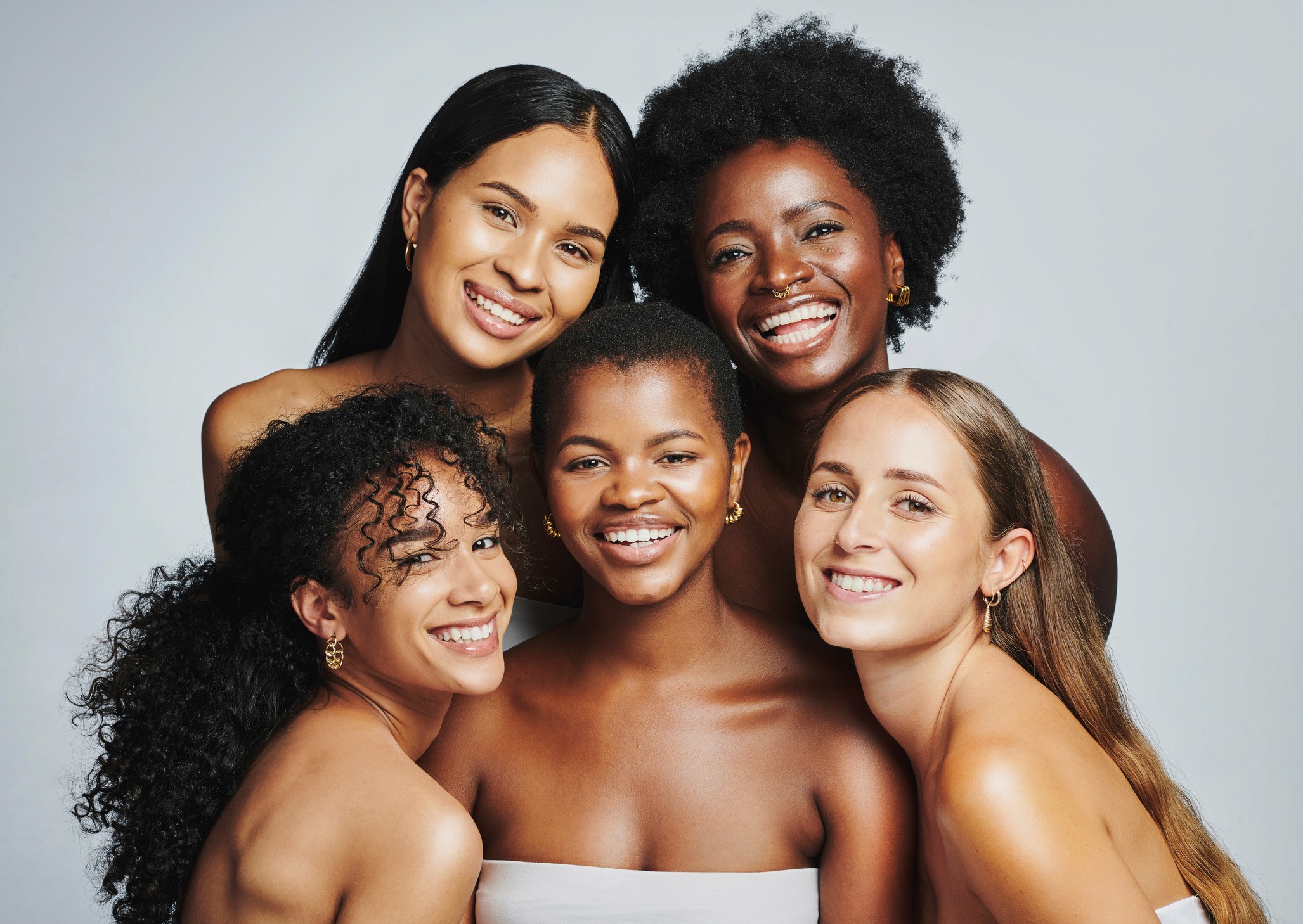Feb 26, 2025
Code, Culture, and Cosmetics : Why Diversity in Beauty Tech Matters
What happens when technology starts dictating beauty standards without diverse voices in the room?
We are living in a revolutionary era for the beauty industry. The worlds of beauty and technology are merging at an unprecedented scale. AI-powered skincare, virtual try-ons, and even Web3 spaces are transforming self- expression, making beauty more interactive and personalized than ever. This period is changing not just the way we interact with beauty products and services but the entire experience of self-care – which in return is opening doors for underrepresented communities in the space.
How Inclusivity Benefits Everyone
There’s a concept I learned about when I decided to become a designer called the The Curb-Cut Effect. It’s when features designed for specific groups end up benefiting a much larger audience. Think about it: curb ramps were made for wheelchair users, but they also help parents with strollers, travelers with luggage, cyclist, and more.
The same thing happens in beauty.
One of my favorite references to use for this is about Fenty Beauty. When Fenty Beauty launches with 40 foundation shades in 2017, it wasn’t just a win for people with deeper skin tones- it was a win for everyone. Suddenly, even those with lighter complexions found better undertones, and the entire industry was forced to level up. What started as an initiative for inclusivity became a golden standard for shade diversity.
In beauty tech, the lesson is the same.When we prioritize diversity and inclusivity whether in product formulation services developing AI algorithms or AR experiences we’re not just meeting the underrepresented. We’re enhancing the user experience for all.
But this won’t happen unless we demand it.
This is the moment to be intentional, to push for innovation that doesn’t just keep pace with technology but actively shapes a more inclusive, future-forward industry. We are the ones who decide what beauty tech becomes. Our voices, our expectations, and our demand for better representation will define the standards that come next.
So let’s not just watch this transformation but let’s participate in it. Beauty tech is developing, and we need to make sure it develops in a way that represents and serves everyone. We move the space forward with intention and purpose by investigating, critiquing, and interrogating the innovations that are impacting it. The more we advocate for inclusivity, the more we build a beauty tech landscape that is vibrant, collective, and innovative.


